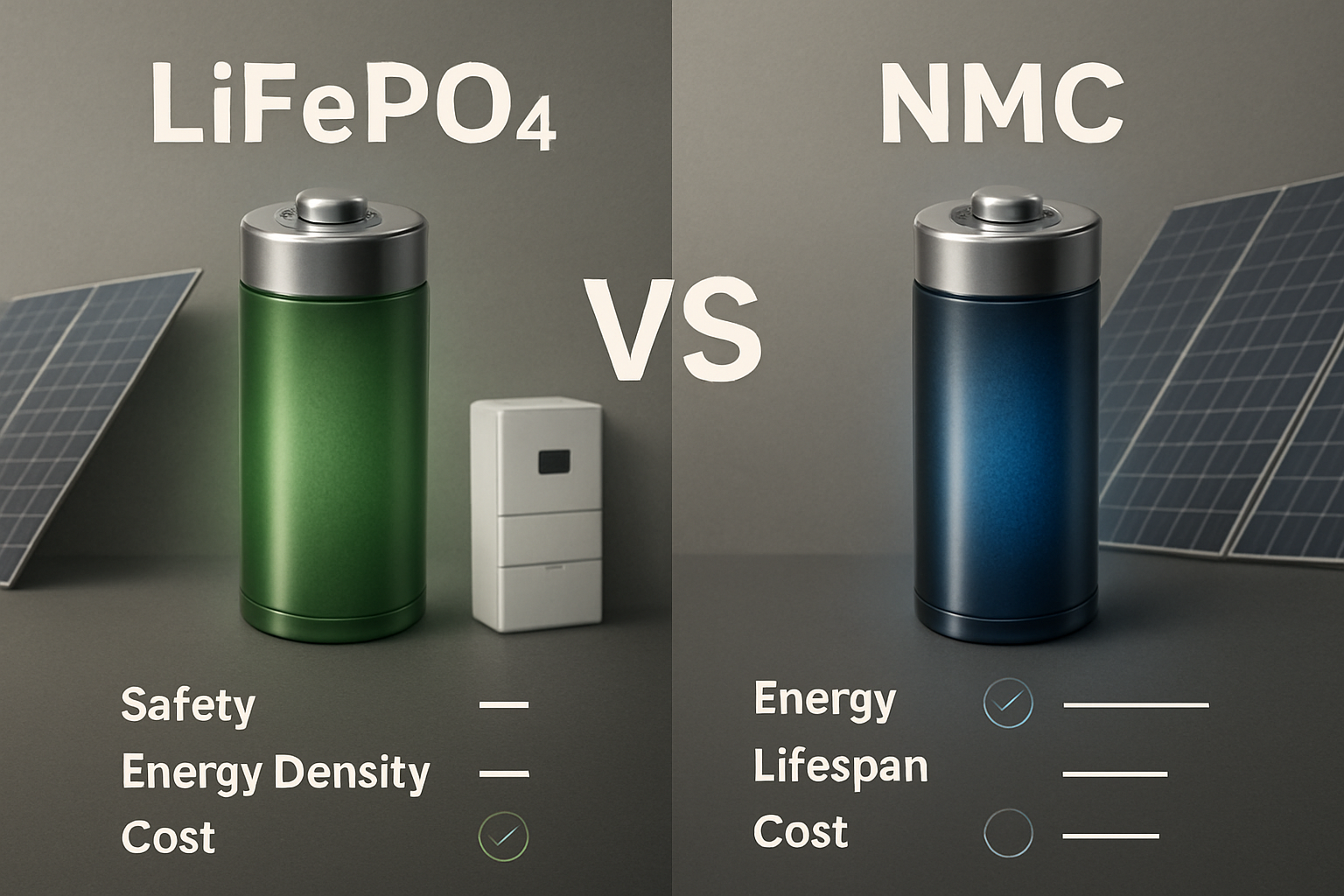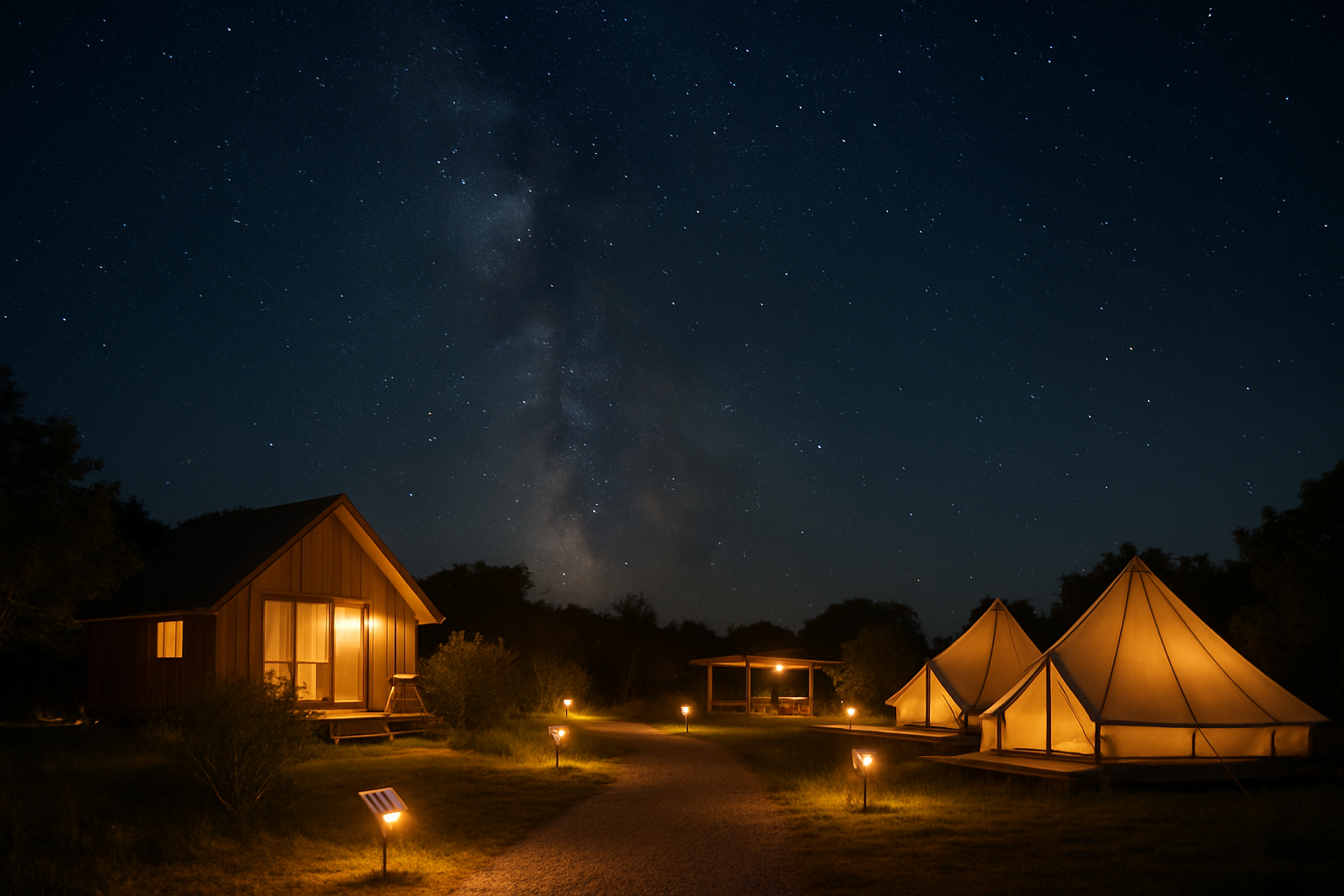Glamping sites and eco-resorts offer a distinct travel experience, blending outdoor immersion with comfort and luxury. This sector has seen substantial growth, driven by a desire for unique, environmentally conscious getaways. A core aspect of establishing and operating these destinations involves providing reliable power, often in remote locations. This requires thoughtful consideration of sustainable energy solutions, moving beyond traditional power sources.
This overview provides a comprehensive look at how glamping sites and eco-resorts can achieve energy independence through advanced solar and energy storage technologies. You will gain insights into the benefits, technical components, and practical applications of these systems.

The Appeal of Glamping and Eco-Resorts
Glamping, a portmanteau of "glamorous camping," redefines outdoor accommodation by offering amenities and services typically associated with hotels. Eco-resorts take this concept further, emphasizing minimal environmental impact, conservation, and local community engagement. Both types of establishments attract guests seeking unique experiences that connect them with nature without sacrificing comfort.
What Attracts Guests to These Experiences?
- Enhanced Comfort: Guests enjoy comfortable beds, private bathrooms, and climate control, a significant upgrade from traditional camping.
- Unique Settings: Many sites are in remote or pristine natural environments, offering unparalleled views and tranquility.
- Sustainability Focus: A growing number of travelers prioritize eco-friendly options, appreciating the efforts of resorts to reduce their carbon footprint. This aligns with global trends towards sustainable tourism, as highlighted by organizations such as the International Renewable Energy Agency (IRENA).
- Exclusivity: These accommodations often provide a sense of privacy and seclusion, appealing to those seeking a quiet escape.
Operational Benefits for Site Operators
- Higher Revenue Potential: The unique and luxurious nature of glamping and eco-resorts allows for premium pricing.
- Reduced Operating Costs: Implementing sustainable energy solutions, such as solar power, can significantly lower long-term electricity expenses.
- Brand Differentiation: A strong commitment to sustainability can attract a specific market segment and enhance a brand's reputation.
- Environmental Stewardship: Operating an eco-friendly business contributes positively to conservation efforts and supports responsible tourism.
Powering Sustainable Stays: Off-Grid Energy Solutions
Many glamping sites and eco-resorts operate in locations without access to the conventional electrical grid. This necessitates robust off-grid power solutions. Solar energy, combined with advanced energy storage, stands as the most viable and environmentally sound option for these operations. It provides the independence and reliability needed to ensure a seamless guest experience.
The Case for Solar Energy in Remote Locations
- Environmental Impact: Solar power produces no emissions during operation, aligning with the eco-friendly ethos of these resorts.
- Energy Independence: Relying on solar energy frees operators from grid reliance, protecting them from outages and fluctuating utility prices.
- Quiet Operation: Unlike diesel generators, solar systems operate silently, preserving the peaceful atmosphere guests seek. You can learn more about this in Unlock Quiet Nights: Hybrid Solar for Eco-Resort Serenity.
- Long-Term Cost Savings: While initial investment is present, the long-term operational costs are minimal, leading to significant savings over the system's lifespan. The U.S. Department of Energy provides extensive resources on the declining costs and increasing efficiency of solar technology.
Comparing Power Sources for Glamping and Eco-Resorts
Understanding the strengths and weaknesses of various power sources is critical for making informed decisions. Here is a comparison of common options:
| Power Source | Pros | Cons | Suitability for Glamping/Eco-Resorts |
|---|---|---|---|
| Solar + Battery ESS | Clean, quiet, low long-term cost, energy independence, scalable. | Higher initial investment, dependent on sunlight, requires storage. | Excellent: Aligns with eco-values, provides silent, reliable power. |
| Diesel Generators | Reliable, good for high peak loads, relatively low initial cost. | Noisy, polluting, high fuel costs, maintenance intensive. | Poor: Detracts from guest experience, high carbon footprint. For more details, see Diesel Gensets vs Solar ESS: Guest Experience Showdown. |
| Grid Connection | Highly reliable, no on-site generation needed. | Not available in remote areas, subject to utility rates and outages. | Limited: Only viable if property is near existing grid infrastructure. |
Key Components of a Robust Off-Grid System
A successful off-grid solar energy system for glamping and eco-resorts comprises several integrated components. Understanding each part ensures you select a system that meets your specific energy needs and operational demands. A provider like ANERN specializes in these integrated solutions, drawing on years of experience in the solar and energy storage sector.
Lithium Iron Phosphate (LiFePO4) Batteries
- Superior Performance: LiFePO4 batteries offer a high energy density and a long cycle life, meaning they can be charged and discharged many times without significant degradation. This makes them ideal for demanding off-grid applications.
- Enhanced Safety: Compared to other lithium-ion chemistries, LiFePO4 batteries are inherently more stable and less prone to thermal runaway, providing peace of mind for operators and guests. Learn more about safety in Blueprint: Fire-Safe LiFePO4 Systems for Safari Camps.
- Reliable Power Storage: These batteries efficiently store excess solar energy generated during the day, making it available for use at night or during cloudy periods. ANERN's LiFePO4 batteries are specifically designed for high performance and reliability, ensuring consistent power delivery.
Hybrid Inverters and Solar Charge Controllers
- Efficient Power Conversion: Solar inverters convert the direct current (DC) electricity generated by solar panels into alternating current (AC) electricity, which powers appliances and devices in your glamping units. ANERN offers solar inverters capable of handling diverse load requirements.
- Smart Energy Management: Hybrid inverters combine the functions of a solar inverter and a battery charger, intelligently managing power flow between solar panels, batteries, and the load. This optimization maximizes energy efficiency and system longevity. For an in-depth look, consult Inverter and ESS Stack Review for Boutique Eco-Lodges.
- Optimized Charging: Solar charge controllers regulate the voltage and current from the solar panels to the batteries, preventing overcharging and extending battery life.
Integrated Energy Storage Systems (ESS)
An integrated ESS combines solar panels, batteries, and inverters into a cohesive unit. This approach simplifies installation, enhances system management, and ensures optimal performance. ANERN develops comprehensive ESS solutions, including residential energy storage systems that integrate LiFePO4 batteries, hybrid inverters, and solar panels. These systems are designed to be scalable and reliable, catering to the specific needs of off-grid living, whether for a single luxury tent or an entire eco-resort complex.
For more detailed guidance on setting up a complete system, consider the Ultimate Guide to Off-Grid Power for Glamping Resorts.
Designing and Implementing Your Energy System
Designing an effective off-grid energy system for glamping sites and eco-resorts involves careful planning and consideration of various factors. Accurate sizing and professional installation are paramount to ensure reliability and guest satisfaction.
Assessing Energy Needs and System Sizing
- Load Calculation: Begin by cataloging all electrical appliances and devices guests will use, from lighting and charging stations to air conditioning and kitchen equipment. Calculate their power consumption (watts) and expected daily usage (hours).
- Peak Demand: Identify the maximum power demand that could occur simultaneously. This helps determine the inverter's capacity.
- Solar Array Sizing: Based on daily energy consumption and local solar irradiance data (average hours of peak sunlight), calculate the size of the solar panel array needed to generate sufficient electricity.
- Battery Bank Sizing: Determine the battery capacity required to store enough energy for periods without sunlight, factoring in desired autonomy (e.g., 2-3 days of backup power). How to Right-Size LiFePO4 ESS for Luxury Tents provides specific insights.
The Energy Information Administration (EIA) offers data and tools that can assist in understanding regional solar potential and energy consumption patterns.
Installation Best Practices and Common Pitfalls
- Professional Installation: Engaging experienced professionals ensures proper wiring, component integration, and adherence to safety standards.
- Site-Specific Design: Every location is unique. A successful system considers factors like terrain, shading, and local weather patterns.
- Monitoring and Maintenance: Implement a system for regular monitoring of energy production and consumption. Routine maintenance, such as cleaning solar panels and inspecting battery connections, extends system life and prevents issues.
- Avoiding Mistakes: Many costly errors can be avoided with proper planning. Review 7 Costly Off-Grid Power Mistakes Glamping Sites Make for practical advice.
Disclaimer: The information provided regarding energy system design is for general guidance. For specific projects, consulting with certified solar and electrical engineers is crucial to ensure compliance with local regulations and safety standards.
Future Trends and Economic Advantages
The convergence of sustainable tourism and advanced energy technology points towards a future where glamping sites and eco-resorts are not only luxurious but also models of environmental responsibility. The economic benefits of adopting solar and storage solutions are becoming increasingly clear, making these investments attractive from a financial perspective.
The Evolving Landscape of Sustainable Tourism
- Increased Demand for Green Travel: Consumer preferences continue to shift towards environmentally conscious travel options. Resorts that genuinely commit to sustainability will likely see increased bookings and customer loyalty.
- Technological Advancements: Innovations in battery technology, inverter efficiency, and solar panel output continue to make off-grid solutions more powerful, compact, and affordable. The International Energy Agency (IEA) provides data on these trends in its energy outlook reports, which are summarized in 2025 Off-Grid Tourism Energy Trends Backed by IEA Data.
- Microgrids and Community Power: Larger eco-resorts may consider microgrid solutions, which can power multiple structures or even small communities, enhancing resilience and energy independence. See Case Study: Solar Microgrids Powering Island Eco-Resorts for a practical example.
Financial Returns and Long-Term Value
- Reduced Operational Expenses: Eliminating or significantly reducing electricity bills provides substantial savings over decades.
- Increased Property Value: Properties with robust, self-sufficient energy systems are often more attractive to buyers and investors.
- Marketing Advantage: Highlighting a commitment to sustainability can serve as a powerful marketing tool, attracting a growing segment of environmentally aware travelers.
- Return on Investment (ROI): While the initial investment in solar and energy storage can be significant, the long-term savings and increased revenue potential contribute to a positive ROI. Financial considerations are explored further in ROI and TCO for Solar-Powered Glamping: A CFOs Brief.
ANERN’s focus on reliable and scalable energy solutions directly supports these economic and environmental objectives, helping operators achieve true energy independence.
Moving Forward with Sustainable Energy
The growth of glamping sites and eco-resorts represents a significant shift in the tourism sector, prioritizing both comfort and environmental stewardship. Implementing advanced solar and energy storage systems is not merely a technical choice; it is a strategic decision that enhances guest experience, reduces operational costs, and reinforces a commitment to sustainability.
By investing in reliable off-grid power solutions, such as those featuring high-performance LiFePO4 batteries and integrated ESS from experienced providers like ANERN, you empower your establishment to thrive in remote settings. You gain energy independence, contribute to a healthier planet, and offer guests a truly unique and responsible escape. Embracing these technologies positions your glamping site or eco-resort as a leader in the sustainable tourism landscape.





Leave a comment
All comments are moderated before being published.
This site is protected by hCaptcha and the hCaptcha Privacy Policy and Terms of Service apply.